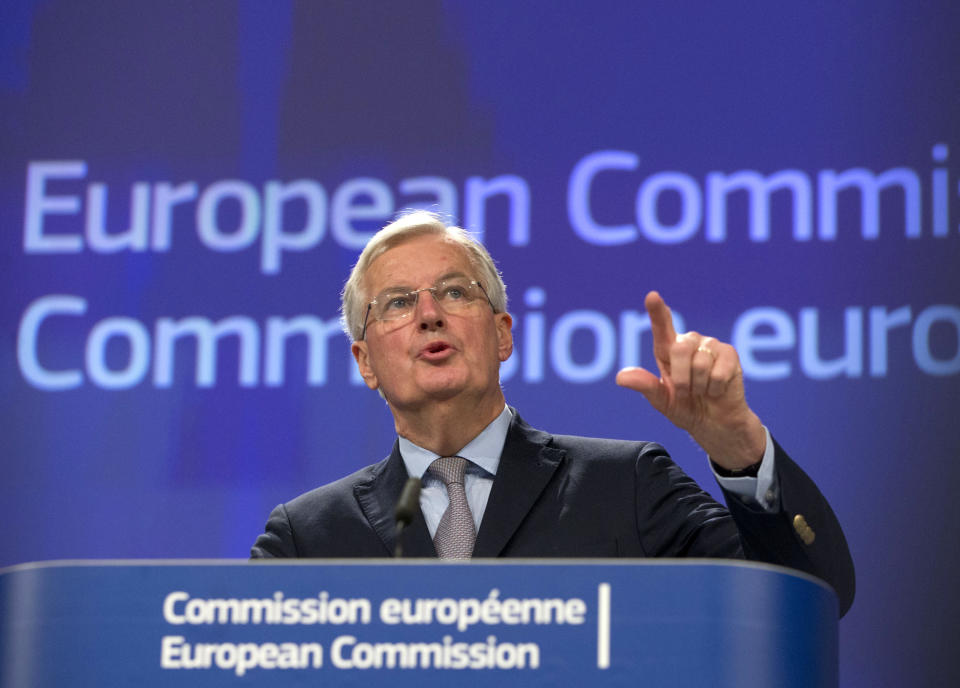Final Brexit trade deal will be 'similar to Canada and Japan', says Barnier

The UK’s post-Brexit trade deal will be similar to those secured by Canada, Japan and South Korea.
Michel Barnier, Europe’s top negotiator, said Theresa May’s “red lines” to take Britain out of the customs union and single market meant that was the only realistic outcome.
“Logically, for the economic side of our partnership, we’ll be working on the basis of a free trade agreement – along the same lines of what we negotiated and signed with Canada, South Korea, and Japan,” Barnier told reporters in Brussels on Wednesday.
MORE: What is ‘Canada plus plus plus’, the Brexit trade deal David Davis wants?
“There are of course differences between these different models, because each of these trade models is of course tailor-made and specific to these countries when we sign these agreements.
“But it’s the same approach and logic underpinning these agreements. That’ll be the situation with the United Kingdom in light of what they said their position is themselves.”
MORE: Bank of England will allow EU banks to carry on as normal after Brexit
His position will come as a blow to the UK government. Brexit secretary David Davis said recently he wanted a “Canada plus plus plus” arrangement.
And the prime minister has spoken of a significantly more ambitious deal than the one signed by Canada, which, for example, does not cover the crucial area of financial services.

An illustration issued by Barnier to EU leaders last week shows the descending level of trading access for various countries with the bloc.
At the top is EU membership, which Britain will give up in March 2019; next is membership of the European Economic Area (EEA), in which Norway, Iceland and Liechtenstein enjoy much the same access as EU states but which Britain has ruled out because it rejects the jurisdiction of the EU court, big payments to the EU budget, free EU migration and following most EU rules.
As a warning of what will happen if talks break down, the graphic includes a final stage, marked “No deal”, in which Britain is limited to trading with the EU on tariff terms set by the World Trade Organization.
MORE: What will happen to UK banks after Brexit?
Barnier also confirmed that the Commission wanted any Brexit transition deal to end on 31 December 2020 – just under two years after Brexit day in March 2019.
“The transition period is useful and it will enable the public administration in Britain to prepare themselves for the kind of challenges that they will have to face at their borders, which are also our borders, and to prepare for the new relationship,” he told reporters.
The transition stage mirrors that which was proposed by Theresa May in her Florence speech in September.
No.10 has yet to respond to Barnier’s outline of what kind of trade deal he envisioned.

 Yahoo Finance
Yahoo Finance 
